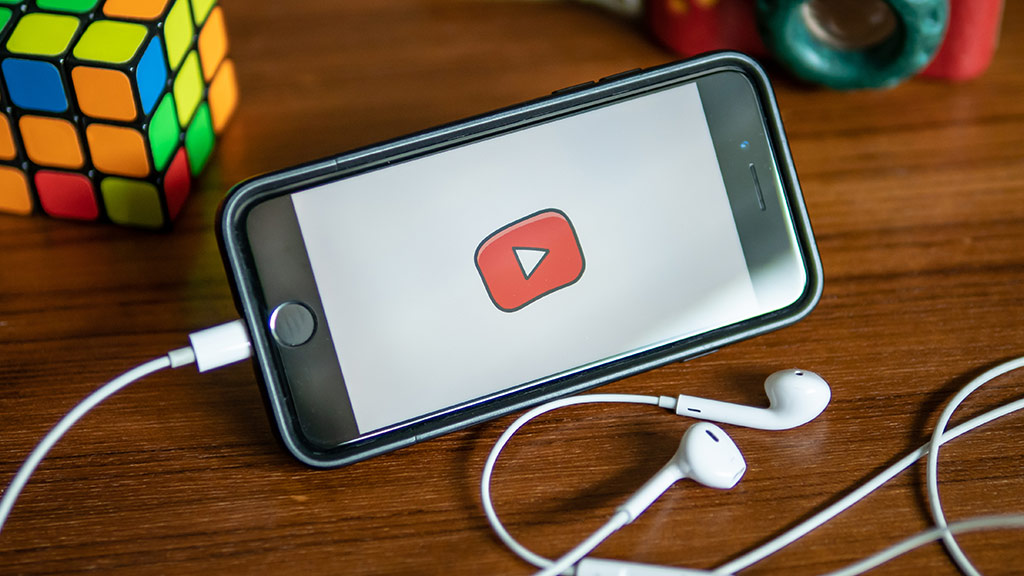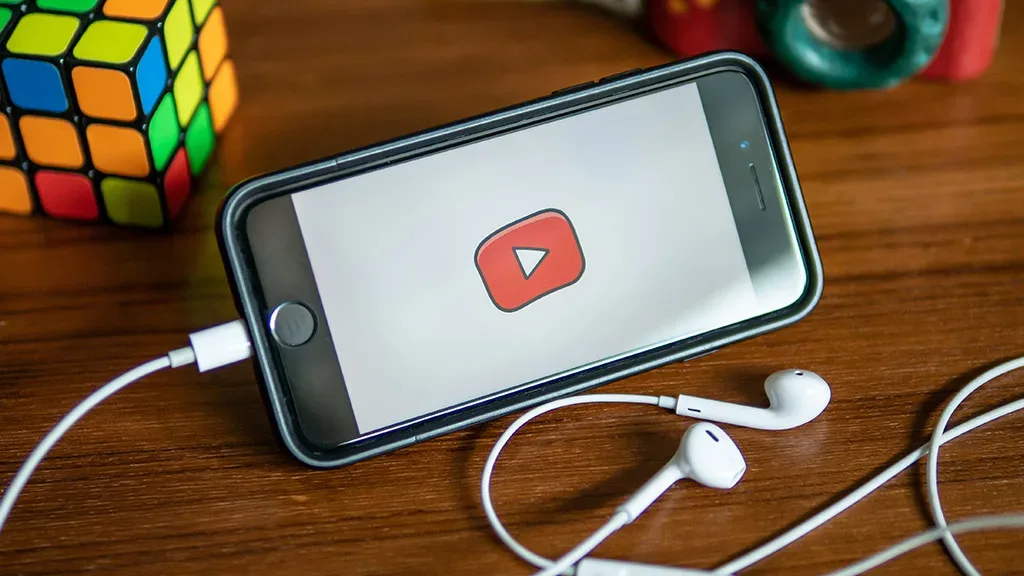
The Digital Space Reorganizes Again Amid a Battle Between High- and Low-Quality Content
by MELISSA HUNTER, founder, Family Video Network
Still reeling from the requirement to categorize their content as “Made for Kids” (MFK) or “Not Made for Kids” (NMFK) in January 2020, YouTube creators have been thrown another curveball.
On July 12, YouTube released a new document called “YouTube Best Practices for Kids and Family Content, A Guide to Creating Enriching, Engaging and Inspiring Content for Kids and Families.” These new standards are meant to help creators provide more transparency into what the platform is looking for in terms of kids’ and family videos.
YouTube has advised that the algorithm will now automatically mark MFK content as high or low quality, sending a ripple through the creator community because low-quality principles specifically reference content including toys. YouTube will use its artificial intelligence (AI) machine learning systems to identify high- and low-quality content and will be “raising high-quality content in recommendations.”
While the document doesn’t state that the machine will suppress low-quality content in its recommendations, the simple reality is that for one thing to be raised, something else has to be lowered. It’s clear that toy brands and YouTubers are going to have to make some changes if they want to land on the high quality side of the standards. When we factor in the Children’s Advertising Review Unit’s (CARU) revised Guidelines released on July, the next 18 months are going to be challenging for both the creator community and toy industry.
HIGH- VERSUS LOW-QUALITY CONTENT
What YouTube considers to be high-quality content comes as no surprise. Educational, highly produced content that teaches kids to be good people and inspires them to use their imaginations and creativity are all principles of high-quality content. For the most part, low-quality content principles mirror those of high quality, but there is one low-quality principle that seems to intentionally target toy content and could have a strong ripple effect on the toy industry.
Content that is “heavily commercial or promotional’’ will now be considered low quality. Creators are advised to “avoid focusing on promoting brands and logos, or featuring excessive consumerism.” The guide goes on to explain that “often it is the video’s focus that distinguishes between high- and low-quality content.” Videos that do not provide “new perspectives, experiences, or educational elements’’ will now be considered low quality. What does this mean for ubiquitous toy unboxing videos? What about videos sponsored by toy brands?
In addition to prioritizing self-deemed high-quality content in YouTube’s recommendations, at some future unspecified date, the company will begin demonetizing low-quality content as an incentive for creators to lean into creating high-quality videos. This could mean removing the ability to earn advertising revenue for an entire channel or a large portion of their videos. Both options will be considered by YouTube, which will be catastrophic for creators already experiencing 50-75% revenue decreases due to the Federal Trade Commission’s (FCC) required MFK content designation. Even the largest YouTube kids’ and family channels are currently struggling to remain profitable. Will they continue to make content if they lose even more revenue potential?
WHAT THESE NEW RULES MEAN FOR TOY COMPANIES
The new standards do not prevent brands from sponsoring content, but if that content is marked MFK, it will then be subject to the high- and low-quality designations. Add CARU’s “Revised Guidelines for Advertising to Children,” and it’s clear that the rest of the year will see a major upheaval in the way that toy brands and YouTube creators are able to work together.
The toy industry and YouTube creators should not consider themselves entirely blindsided by these standards. Since its $170 million fine by the FTC for Children’s Online Privacy Protection Rule (COPPA) violations in the fall of 2019, YouTube has been very outspoken about its desire to be a platform that provides the safest viewer experience for kids under age 13. The company continually encourages parents to point their children to the COPPA-compliant and highly curated YouTube Kids app. Sponsored content is not permitted on the Kids app, although advertising from toy companies is currently accepted. Toy brand marketing departments have been including increasingly more specific guidance to creators of sponsored content regarding FTC compliance.
Toy brands and their PR firms rely heavily on earned promotion by sending out hundreds, if not thousands, of products to creators for inclusion in their videos. It is not uncommon for a brand to send an influencer an entire case of a new surprise toy, or every doll and playset in a new line. Multiple expensive ride-on toys are often sent to a single family for inclusion in a video, and “toy hauls” are still some of the most popular videos on YouTube. These toys are expected to be the sole focus of videos and social media posts. Videos like these could be deemed as encouraging excessive consumption, according to YouTube’s new standards, which the algorithm could immediately determine as low-quality content, leading to potential declines in viewership.
NEW CONTENT STRATEGIES
Brands that still hope to get exposure from influencers, especially earned exposure, will have to accept that their logos and products will have to take more of a backseat to storytelling, education, and inspiration. One strategy for this issue is to focus less on trying to get 100,000 views each from several creators and instead aim for 10,000 views each from an army of creators. If videos need to show your logo and product less often and less prominently, that means that you simply need to engage more creators. Instead of randomly sending cases of blind boxed or bagged products to several large YouTubers, consider sending a handful of products to dozens of creators instead. Additionally, prepare to remove mention of where toys can be purchased if the videos are marked as MFK. Brands should continue the already growing trend of engaging Instagram influencers. As of this writing, Instagram has no policy against toy content, while TikTok is cracking down on toy videos that include kids or appear to be made for kids.
For sponsored content, stop thinking of each creator or influencer as an island. Gather together a group of creators who can feature your product as part of a multichannel storyline that is creative, enriching, inspiring, and totally high quality. Instead of sending your entire doll line to creators, send one or two dolls to several of the most prominent YouTubers in that genre and require that they promote each other’s videos to increase the chances that your entire line is seen by viewers.
LEARNING FROM THE PAST
While both creators and brands are going to experience hardship over the next 12-18 months, there is light on the horizon. When YouTube initially began to focus on kids’ content back in 2018 as a response to “Elsagate” — the controversy surrounding videos that were categorized as kid-friendly, but were actually not — the company took several approaches to enforcing the “don’ts” in its “YouTube Kids Field Guide.” Thousands of videos were demonetized because they featured something the algorithm considered a “don’t.” In addition, entire channels were demonetized because they had what YouTube considered too many “don’ts” across their entire library of content. The YouTube Kids app was also stripped of thousands of videos in order to align with the Field Guide. YouTubers scrambled to create videos that were educational, enriching, and stimulating.
YouTube relies on machine learning that reportedly considers millions of factors when recommending videos to viewers, and high- or low-quality content will be just two of those factors. As the machine learns, some creators are going to take big hits in revenue, and some will not be able to survive the losses. Still, 70% of kids say they want to be YouTubers when they grow up, and more family channels are launched every year. Things looked very grim in 2017 and 2018 when Elsagate caused thousands of videos to be demonetized and entire channels were deleted, but ultimately, the genre thrived. More kids’ content creators flooded onto the platform and the vertical became stronger than ever.
However, over time, the viewers were the final arbiter of what they wanted to watch — and what they wanted still included toys. YouTube’s machine learned what kids and parents were interested in, and has since served up so much toy content that channels focusing on kids’ toys consistently dominate the top 50 most-watched channels in the world week after week. A quick search of “toys” on YouTube Kids app brings up videos of kids playing with the longest train track, a baby pool filled with giant toy eggs, and a myriad of kid creators promoting their own toy brands.
Looking ahead, brands and creators will need to make adjustments and hang in there through a potentially rocky rollout of these standards. If the events of a few years ago can be used as a measuring stick, the algorithm will stabilize by the next holiday season. And, by then, creators and toy bands will have figured out how to successfully entertain children and showcase toys with both high-quality and highly profitable content.
This article was originally published in the October 2021 edition of the Toy Book. Click here to read the full issue!


